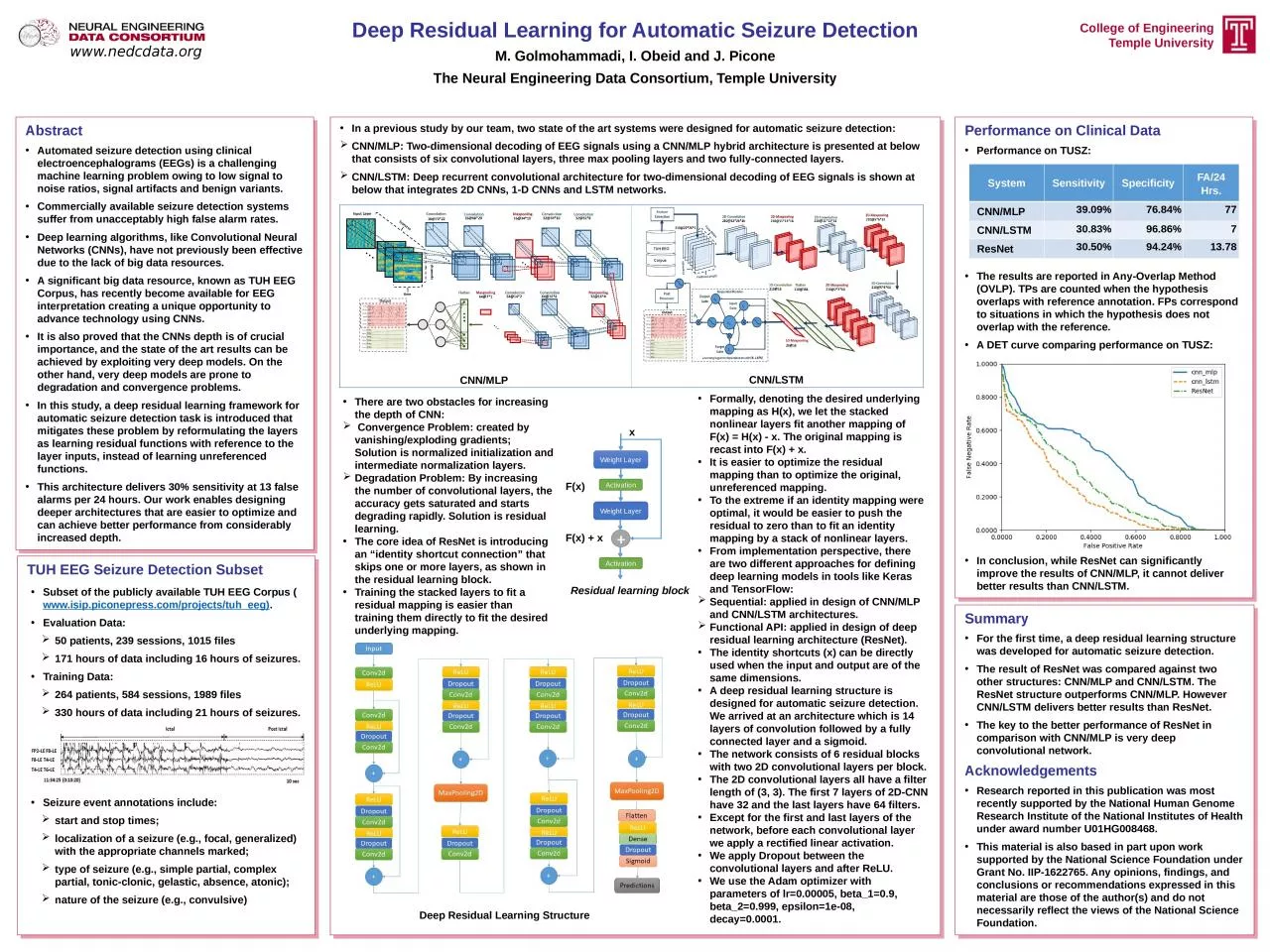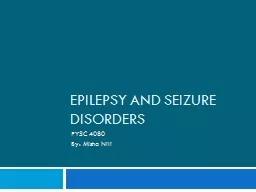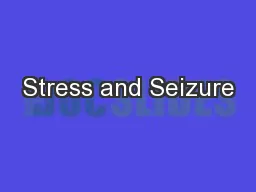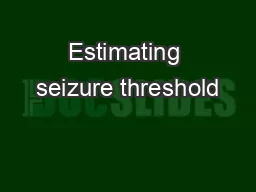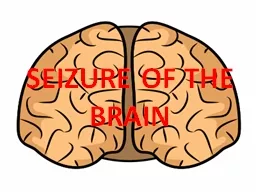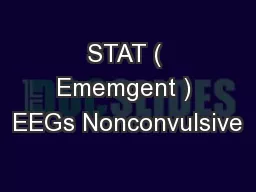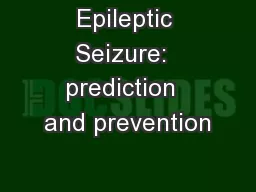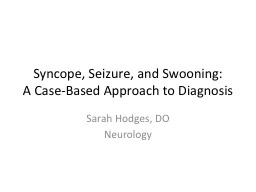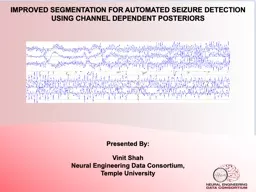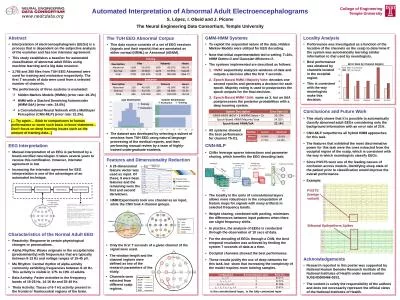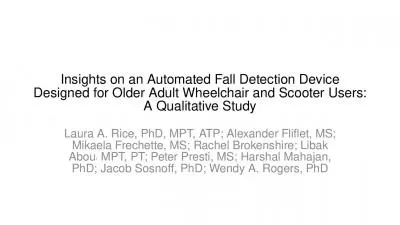PPT-Abstract Automated seizure detection using clinical electroencephalograms (EEGs) is a
Author : caroline | Published Date : 2022-07-01
Commercially available seizure detection systems suffer from unacceptably high false alarm rates Deep learning algorithms like Convolutional Neural Networks CNNs
Presentation Embed Code
Download Presentation
Download Presentation The PPT/PDF document "Abstract Automated seizure detection us..." is the property of its rightful owner. Permission is granted to download and print the materials on this website for personal, non-commercial use only, and to display it on your personal computer provided you do not modify the materials and that you retain all copyright notices contained in the materials. By downloading content from our website, you accept the terms of this agreement.
Abstract Automated seizure detection using clinical electroencephalograms (EEGs) is a: Transcript
Download Rules Of Document
"Abstract Automated seizure detection using clinical electroencephalograms (EEGs) is a"The content belongs to its owner. You may download and print it for personal use, without modification, and keep all copyright notices. By downloading, you agree to these terms.
Related Documents

